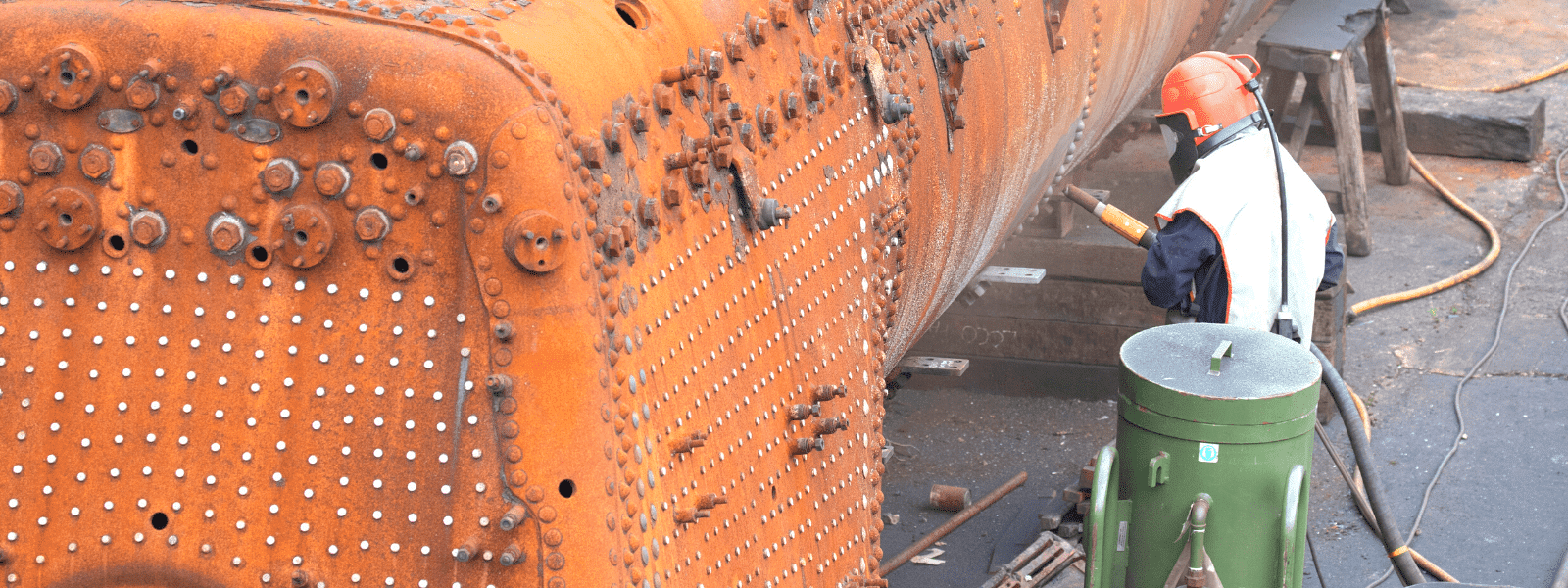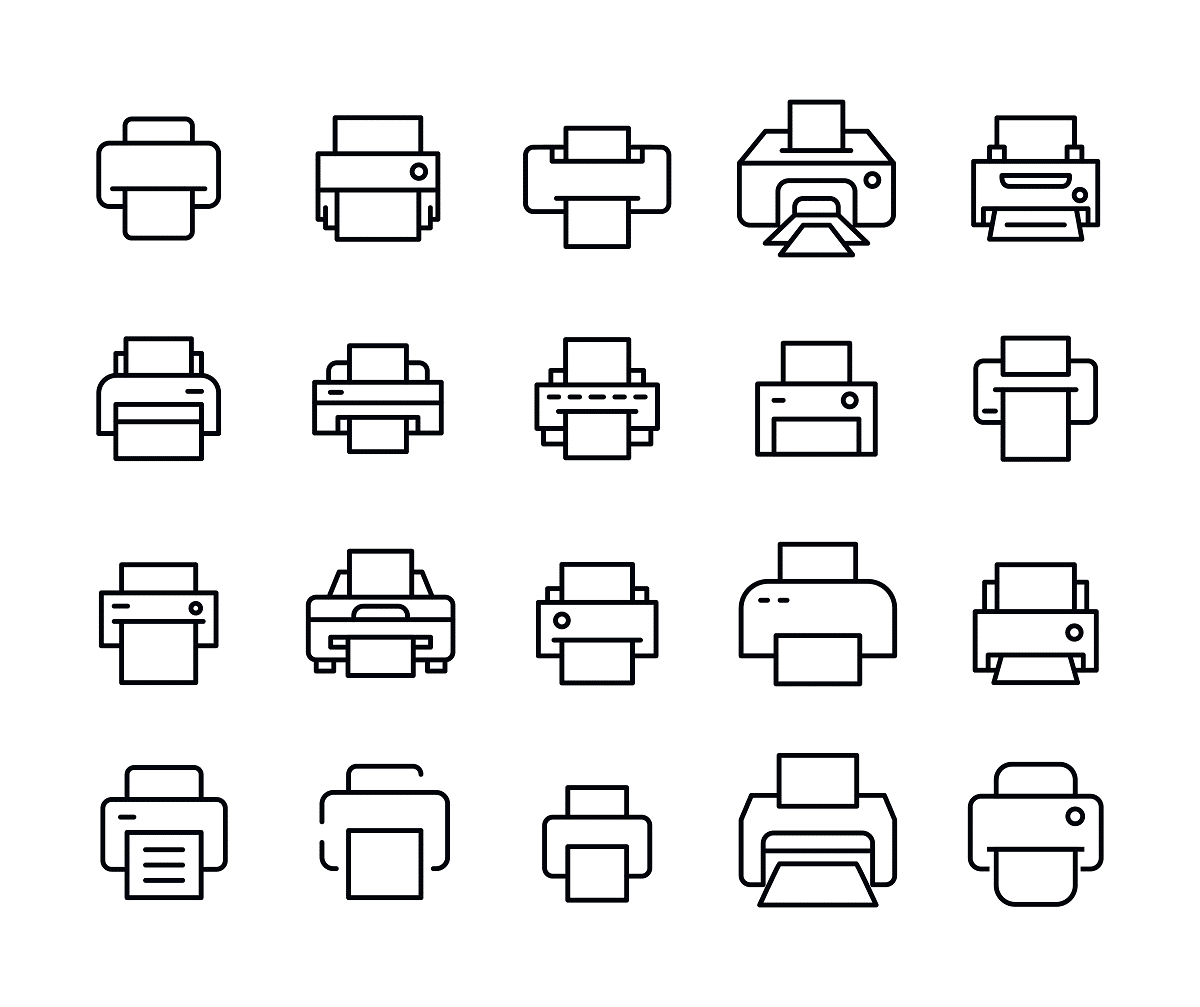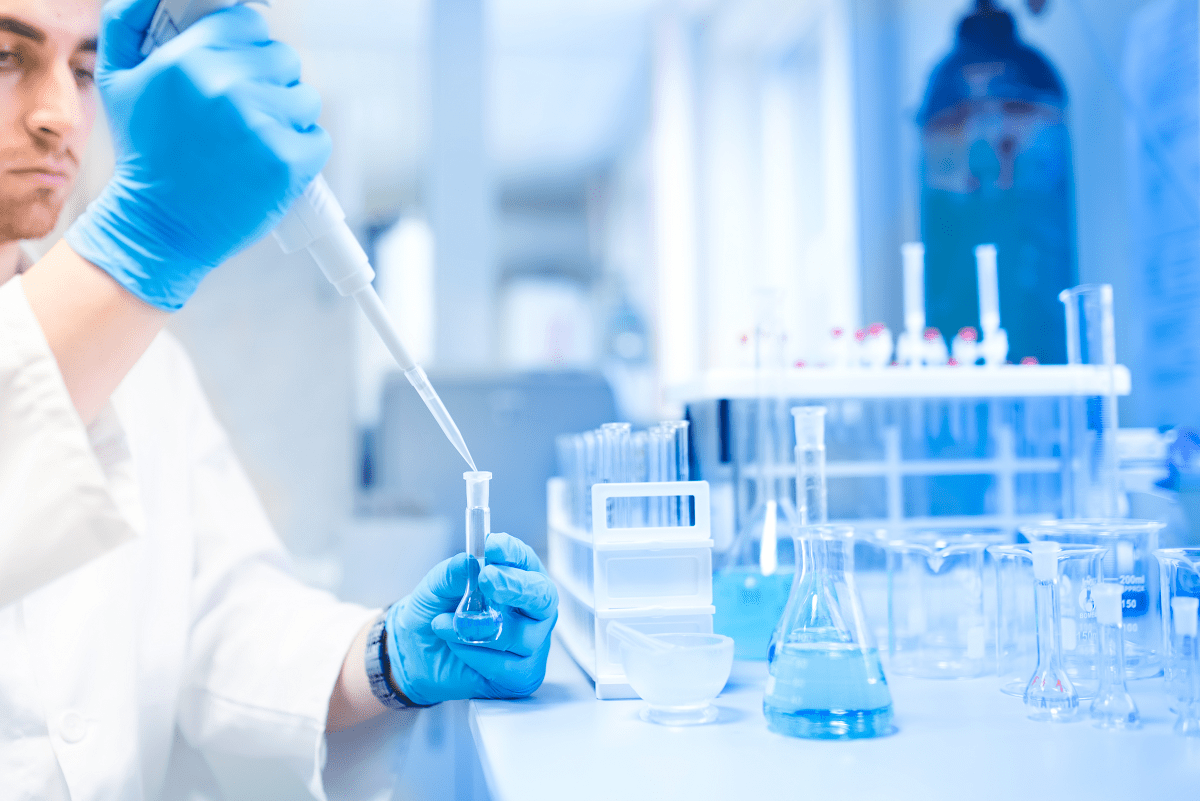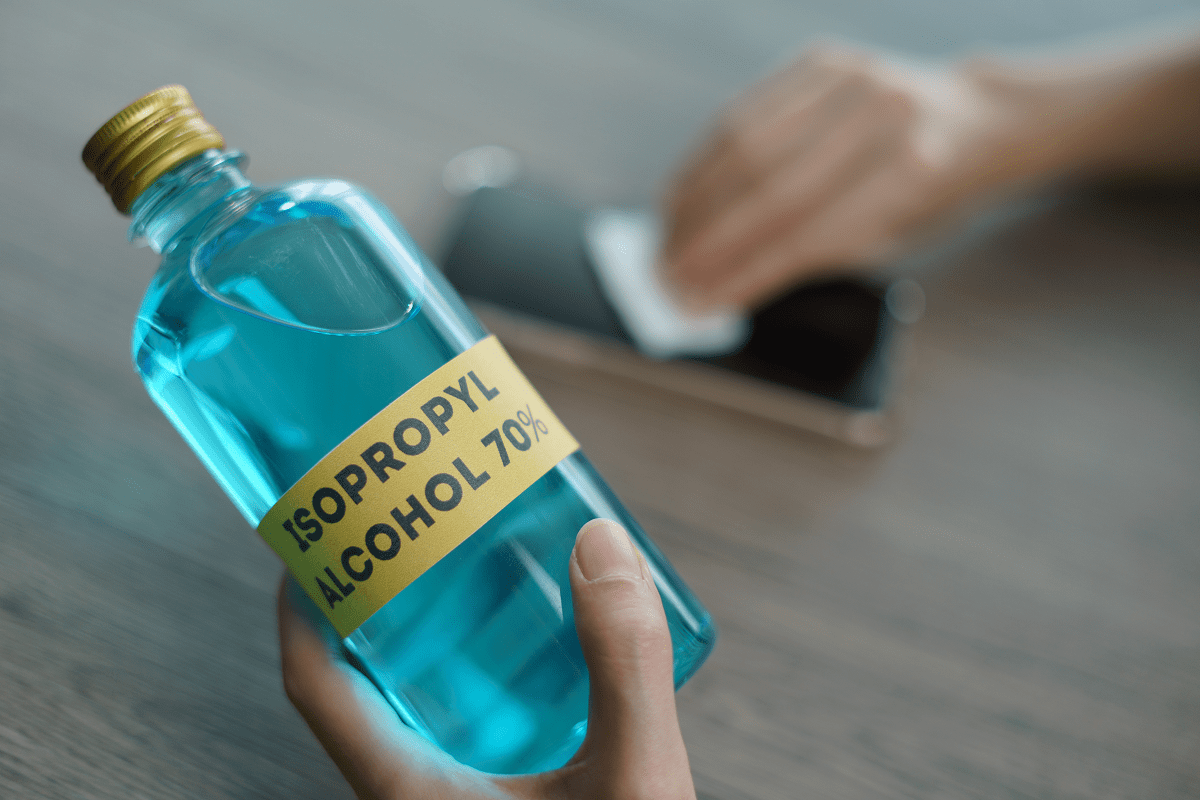Not sure what is the best solvent to dissolve grease? Choosing the right solvent can either lead to a successful cleanup or an even worse mess. But with the variety of cleaning solutions available on the market, it can be difficult to determine which one is...












